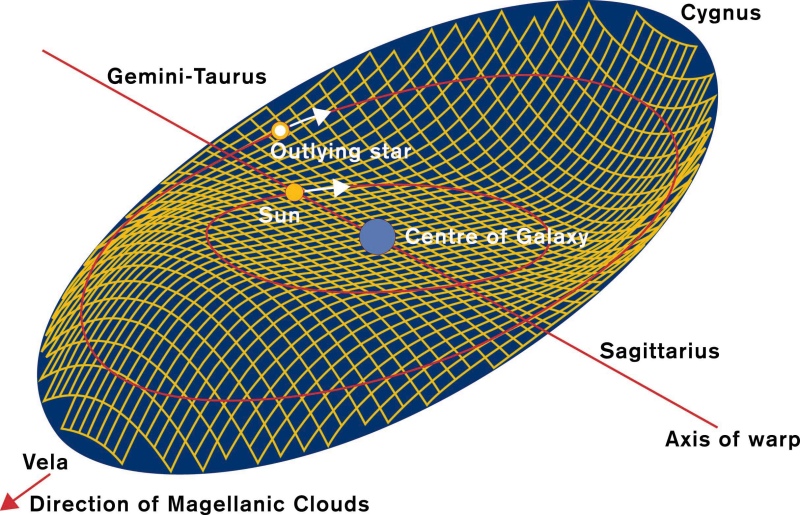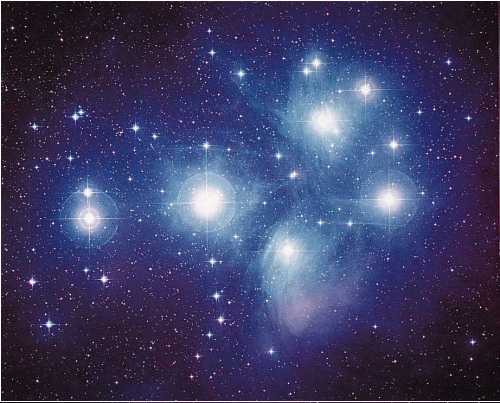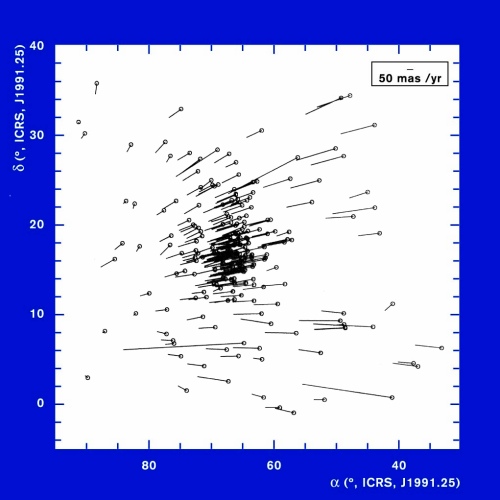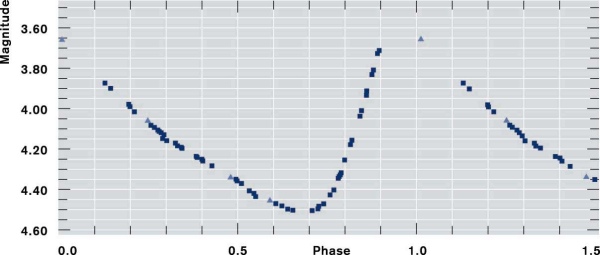Hipparcos Result Applications - Hipparcos
Hipparcos Result Applications - Poster |
|
| For centuries, the positions of celestial objects have been measured by ground-based instruments. One of the first catalogues of stellar positions was produced by Hipparchus of Nicaea in 129 BC who made his measurements by eye. Over the centuries, the accuracy of these measurements improved, but finally the limitations inherent in ground-based techniques were reached. The challenge to overcome these limitations was met by Hipparcos. Why is it so important to improve the positional measurements of the stars? Despite the apparent simplicity of the measurements: two coordinates which specify the location of a star on the celestial sphere, the amount of information that can been gleaned from these numbers is quite incredible. The variation in the coordinates with time leads to the proper-motion of the star (a measurement of its actual motion in space and its motion relative to the solar system). The parallax of the star tells us how far the star is from us. We can then determine the 3-dimensional distribution of stars in the Galaxy. This gives us an insight into the dynamics of the Galaxy and how it may have been formed. Astrometry also tells us about basic stellar properties and can even help resolve the question of the age of the Universe. Some examples of applications of the Hipparcos results are presented on this poster: |
|
| Poster summary: | |
 |
The warp in the Milky Way: new Hipparcos measurements for distant stars show that the disk of our Galaxy is not flat as had been thought but is slightly tilted; |
 |
Distances to the Pleiades: the seven-sisters, as this group of stars is more commonly called, are closer than astronomers had believed. This has implications on theories of stellar formation; |
 |
Motions of the Hyades: the new Hipparcos data show that some of the stars which were apparently part of this cluster were impostors; they are not in fact travelling with the cluster; |
| A brilliant old star: New distance measurements by Hipparcos will lead to a reassessment of many theories; | |
 |
Measuring the Universe: the new Hipparcos data will have a crucial role to play in resolving the conflict between the age of the Universe and the age of some of the oldest stars; |
| Alien Planet: distance measurements may also reveal unexpected companions to some stars; | |
 |
Seeing double! Hipparcos discovered almost 3000 new double or multiple star systems. easurements for distant stars show that the disk of our Galaxy is not flat as had been thought but is slightly tilted |
